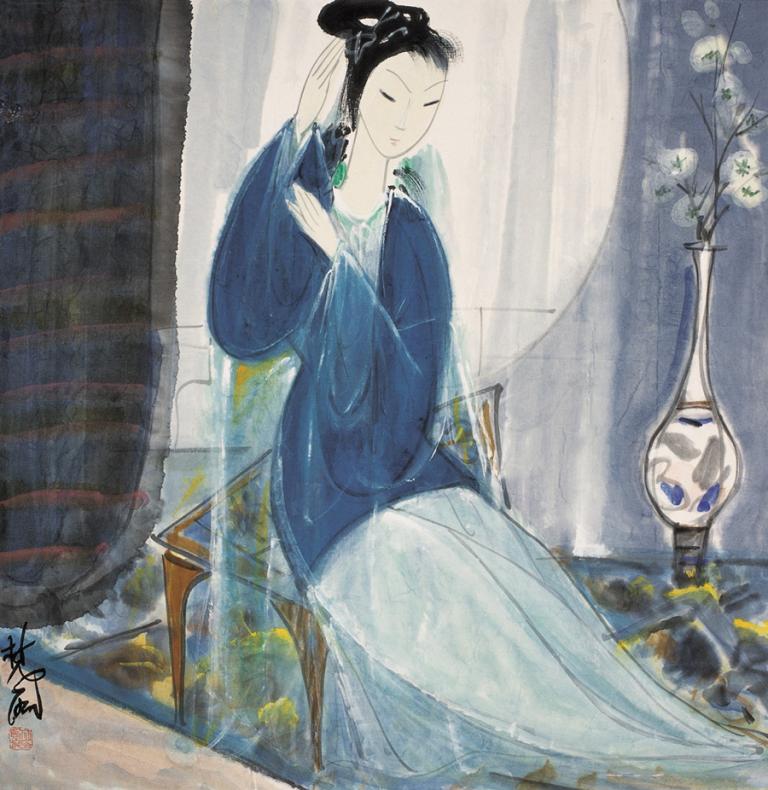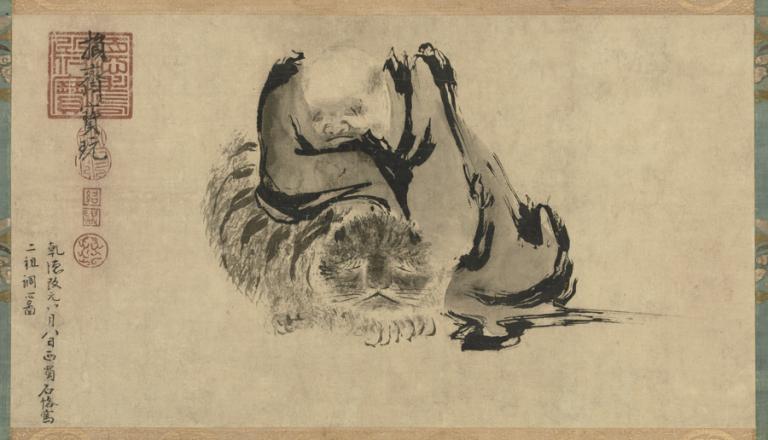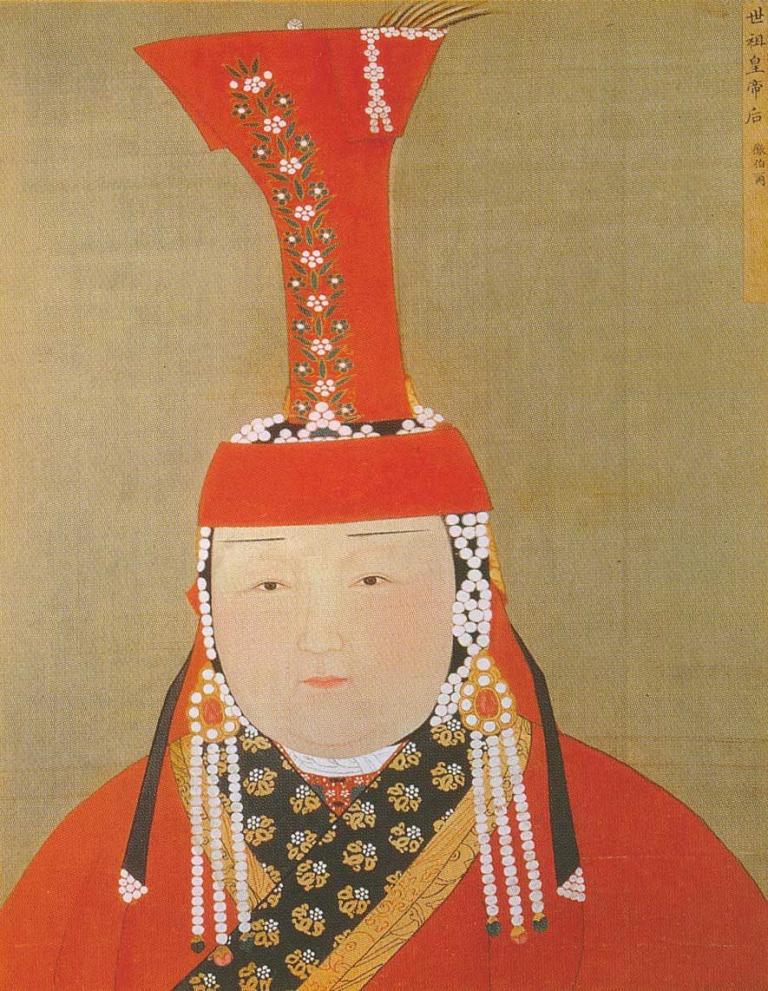Figure Painting in Yuan Dynasty
4 min readTo consolidate their regime, rulers of Yuan dynasty adopted a high-handed policy. They divided people into four classes. Southern people (Han people used to be in the reign of Southern Song) belonged to the lowest class and had to face all kinds of oppression. This led to serious national and social conflicts. Painters were forced to become passive and stand aloof from worldly affairs so as to protect themselves. They began to paint landscape which was a subject matter of hermit life and flower and birds which express their emotion and thought indirectly rather than pictures revealing real social life. Only a few of them painted the rulers’portraits and hunting life. Therefore, figure paintings in Yuan dynasty were mainly about Buddhistm and Taoism and the leisure life of literati of the time and in ancient times. Some subject matters were even from literature works. They used both refined style with later added color and water ink freestyle. The refined style followed the Tang and Song tradition with diversification; and the freestyle paid attention to the use of ink strokes and the images should be vivid in both appearance and spirit.

Important painters of figure painting in Yuan dynasty include: Zhao Mengfu(1254-1322), with Zi’ ang as his courtesy name and Taoist of Pine and Tree or Daoist of Water Spirit his title, was from Wuxing (Huzhou in Zhejiang today). He was a relative of the Song royal family. After the doom of Southern Song dynasty, he devoted himself to the pursuit of studies, calligraphy and painting.
Later he was summoned to the capital of Yuan dynasty and was endowed with an official position. Zhao Mengfu was well up in both calligraphy and painting. He was good at all sorts of script in calligraphy and created”Zhao Style”script by his own. In painting he made high achievements in figure painting, landscape painting, flower-and-bird painting and horse painting. His figure paintings followed the styles of painters in Jin and Tang dynasties. He opposed to the court painting in Southern Song dynasty which was in utmost pursuit of refinement, delicacy and luxurious bright colors and advocated the ancient lofty, massy painting style witl imposing verve. In terms of painting techniques, he was good at using lines like iron wire and Ga Samar-thin hair lines which used in Buddhist figures, flowing robes, and the like. The figures he painted were with accurate shape, lifelike image, even and serene color, elegant and distinct beauty with both massy and simple verve, which were in accordance with his proposition. He had A Man and His Horse in the Wind which used in Buddhist figures, flowing robes, and the like and Arhat in Red left to us.

Liu Guandao, courtesy name Zhongxian, was a native of Zhongshan (Dingzhou in Hebei today). He was good at doing portrait. He had once portrayed the Grown Prince of Zhenjin with both good appearance and spirit, So was in Kublai khai’s good graces and was conferred the post of commissioner of Imperial Wardrobe Service. Thus he became a royal painter. He was specialized in religious paintings, figure, landscape, flower-and-bird and animal painting. His work left till today was Emperor Yuan Shizu Went Hunting.
Wang Zhenpeng, with Pengmei as his courtesy name and Recluse of Solitary cloud as his title, was born in Yongjia (Wenzhou in Zhejiang today). He used to be water transportation official in charge of the shipment on inland rivers. Later he was recognized and appreciated by Renzong Emperor in Yuan dynasty for his great painting talent and became an officer in charge of classic art works, who had the opportunity to see all calligraphy and paintings collected in the court. He studied and practiced after those famous works and made great progress in painting. He was well up in architecture painting and figure painting. He was the number one for architecture painting in Yuan dynasty. The buildings and pavilions he painted were all with accurate proportion and configuration. His depiction was refined and precise. His figure painting included various subjects, including custom of the city and the countryside, literati and celebrities from the time and before. He was also good at portrait painting, which followed styles of Li Gonglin in Northern Song dynasty with diversification. He attached importance to the use of lines. He liked to use smooth, fine lines with strength in his painting. His representative work include Bo Ya Playing the Qin.
In addition, Gong Kai, Qian Xuan, Yan Hui, Ren Renfa, Zhang Wo and Wang Yi were also well known painters of figure paintings.









